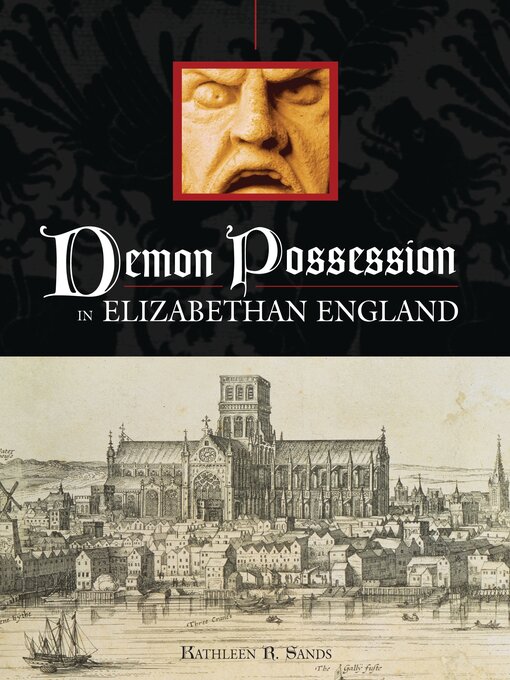-
Description
-
Details
Victims included children and adults, servants and masters, Catholics and Protestants, frauds and the genuinely ill. Edmund Kingesfielde's wife, possessed by a demon who caused her to hate her children and to contemplate suicide, was cured when her husband changed his irreverent tavern sign (depicting a devil) for a more seemly design. Alexander Nyndge, possessed by a Catholic demon that spoke with an Irish accent, was cured by his own brother through physical bondage and violence. Agnes Brigges and Rachel Pindar, whose afflictions included vomiting pins, feathers, and other trash, were revealed as frauds and forced to confess publicly, their parents being imprisoned for complicity in the fraud. All these cases attest to a powerful need to ascribe some moral significance to human suffering. Allowing the sufferer to externalize and ultimately evict the demon as the cause of his or her affliction bestowed some measure of hope—no mean feat in a world with such widespread human distress.

OverDrive Read
- ISBN: 9780313057779
- Release date: October 30, 2004
PDF ebook
- ISBN: 9780313057779
- File size: 16809 KB
- Release date: October 30, 2004
